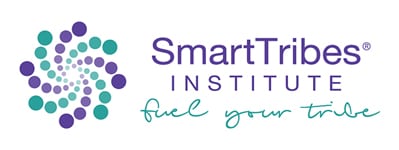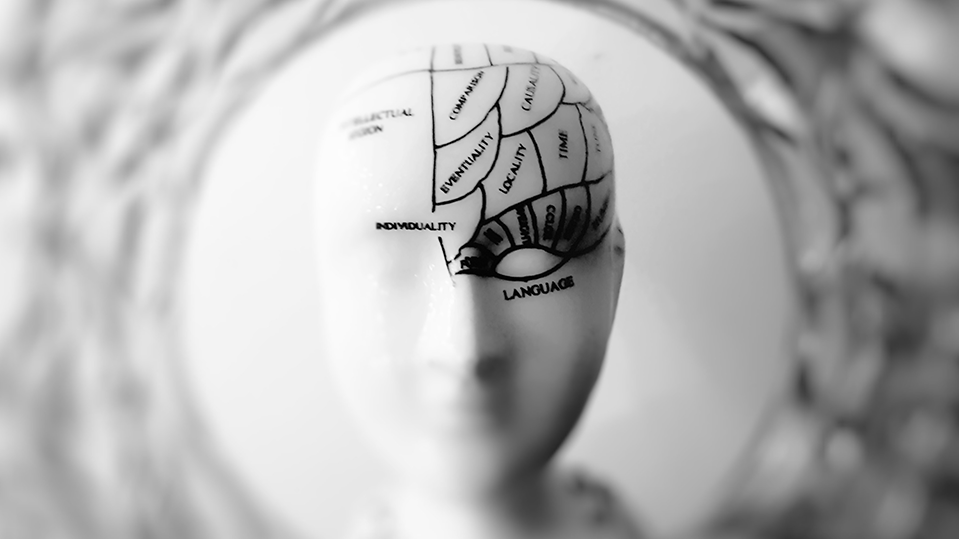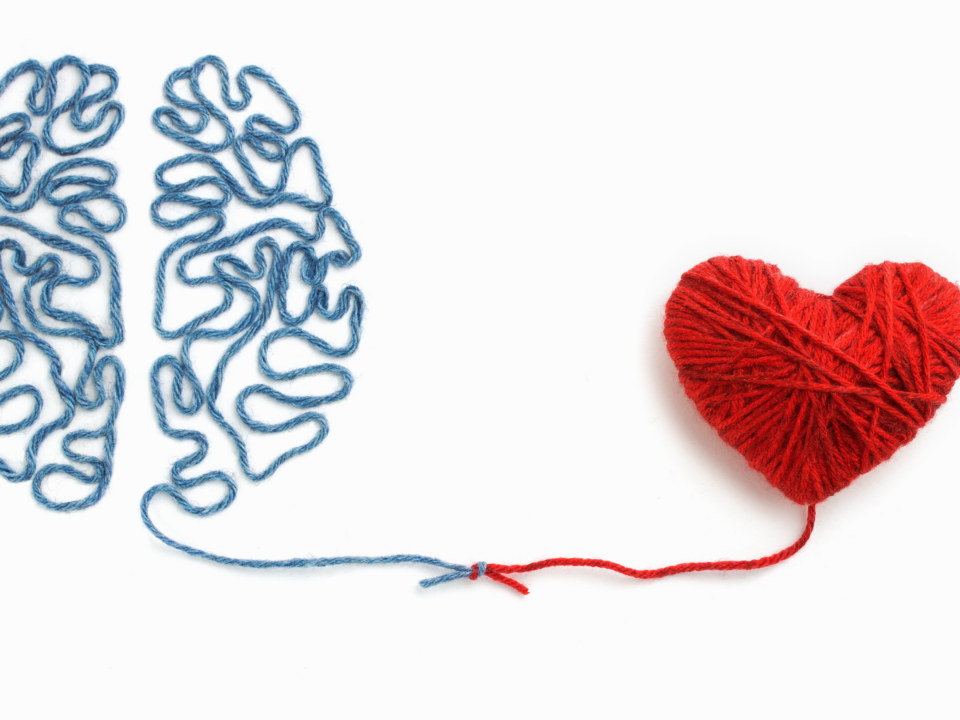
What Will Move The Needle For Your Business?
January 5, 2016
Why You Need An Accountability Partner?
January 15, 2016What makes someone “high potential”?
Can we predict rock stars at early stages of their careers?
What key traits must be identified and cultivated to help stars (talent) achieve their full potential?
According to Kevin Ochsner, a neuroscientist at Columbia University, it all comes down to the brain and how we’re wired, plus which traits we cultivate. Here are his four brain-based traits of rock stars:
- Focus
- Learning
- Personal
- Social

Focus has two parts: executive, or selective attention, what we choose to pay attention to and zoom in on mentally, whether it is top down (broad and general) or bottom up (narrow and specific). Second it’s essential to be able to zoom out and see relationships between things, to understand context. This ability to manage the signal to noise ratio inside one’s brain and manage internal noise (thoughts) helps too.
Does the person you’ve identified as a high potential focus in these ways?
Learning swiftly and retaining learning is key in today’s speedy workplace. Ochsner follows the Neuroleadership Institute model AGES to define what effective learning is:
- Attention (there it is again!): Be present and stay focused.
- Generation: When learning enables us to make connections and associations and effectively contextualize it sticks with us. When we understand how things fit together and possible conflicts/challenges/ synchronicities we understand usefulness and see the broader application of learnings.
- Emotion: How is emotion applied to the learning? Emotion helps us retain what was learned. My blogs “How Humans Experience The World” and “ Why We Do What We Do” explains emotion and how “sticky” it is, as well as how it creates memorable moments.
- Spacing: Making space around learning is key too—we need time to digest and process what was learned. We also need to revisit it and assess it when it does or doesn’t apply to our world.
Does the person you’ve identified as a high potential learn in these ways?
Personal ability is two-fold. First it means the individual demonstrates knowing themselves, being clear on their motives, their strengths, weaknesses, opportunities, threats. The Ventromedial Prefrontal Cortex (VMPFC) is where self-judgment occurs, and you’ve heard me talk about it as key in getting in and staying in your Smart State.
Second the individual must demonstrate self-regulation, which also is governed by the PFC and its executive functions (envisioning, goal setting, discernment, language skills, etc). Self-regulation is the ability to control our responses and assess ourselves, others, status of a project or deliverable. It helps us determine what to do next, whether a goal was attained or not. Involved here also is your Ventral Striatum (VS) where you experience reward. An ability to assess what worked in the past and what may work in the future is important here. So as a combo pack of the above two skills, an individual with strong Personal abilities can evaluate (assess and determine what to do next) then regulate (implement strategies) and repeat the cycle ongoing.
Does the person you’ve identified as a high potential have these personal abilities?
Social skills enable one to both read people accurately and influence them. To read others accurately an individual is curious… what is the person really wanting? Why? How can I help them to get it? They are tuned in to signal presence, or social surveillance by watching the other person’s body language, breathing, facial expressions and listening to their speech patterns to discern what they might be feeling. Their amygdala is sensitive to picking up the subtle signals from others, and along with their intuition-guided insula they’re experiencing empathy for the other. They’re earning trust with others by lighting up the person’s VS and giving them a rewarding experience of being connected.
Does the person you’ve identified as a high potential have these social skills?
Is It Too Late? Can One Learn These Skills?
According to Ochsner’s research, much of the above is very trainable.
Focus: very trainable via mindset (see Carol Dweck’s awesome book of the same name), mindfulness(this takes more work), distancing (witnessing your emotions/reactions and pausing before you respond or repeating what you heard to cause a pause), and resisting distraction.
Learning: very trainable.
Personal: trainable—key here is emotional regulation, see Focus above for help here. Also important here is reframing (examples: “it’s ok that my plane is late, now I have a chance to call my son”; “When my PC crashes it means it’s time to take a break”; “I’m not fat, I just enjoy food to its fullest”; “it’s not a personal attack, she must be just having a bad day.”) or creating a new more emotionally balanced response to external or internal events or judgments.
Social: Ochsner’s research was inconclusive here, but our work at SmartTribes Institute makes it clear that one can absolutely build social skills in leadership, sales, marketing, engineering, client care, all areas of a company, all industries, with any human being.
As a leader you’ll want to assess your team to see who has strengths in which areas. Then form teams to have complete diversity of skills (focus, learning, personal, social). And one note on introversion vs extroversion—Matt Lieberman of UCLA found that this only determines 20% of behavior variance. So even though an introvert’s brain is taxed in social situations, they can don’t have a true disadvantage.
How do you identify stars now? Is it working?





